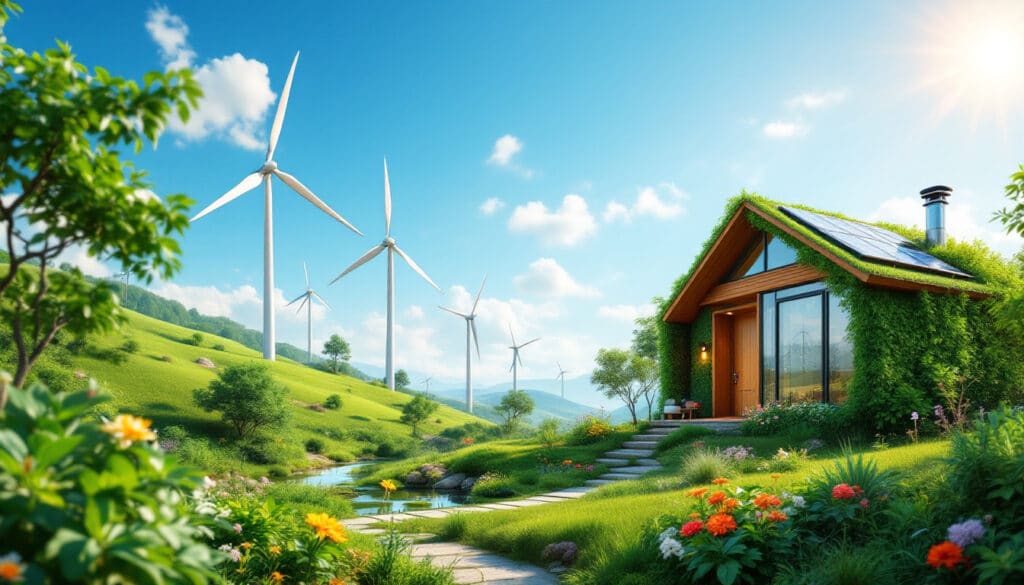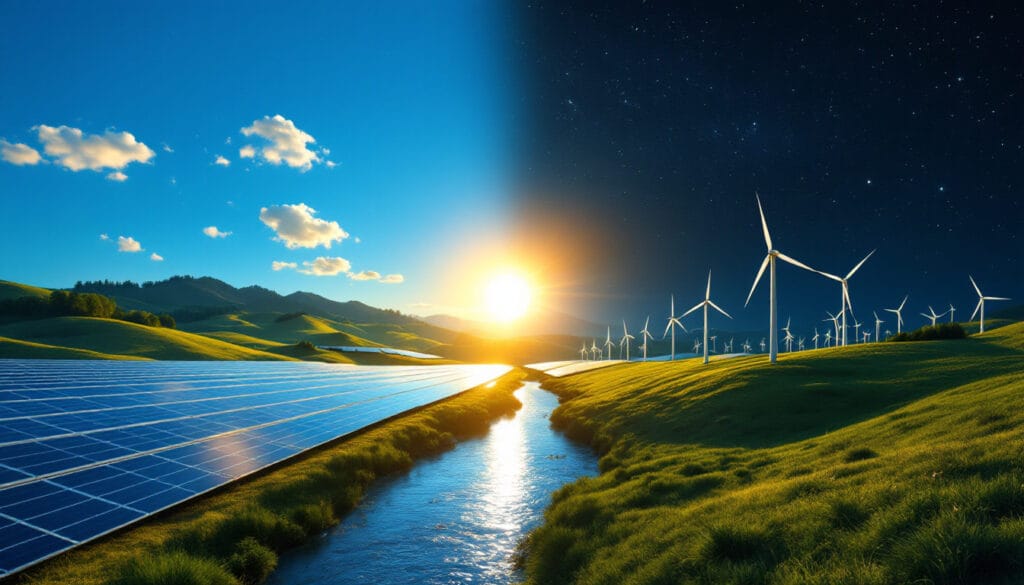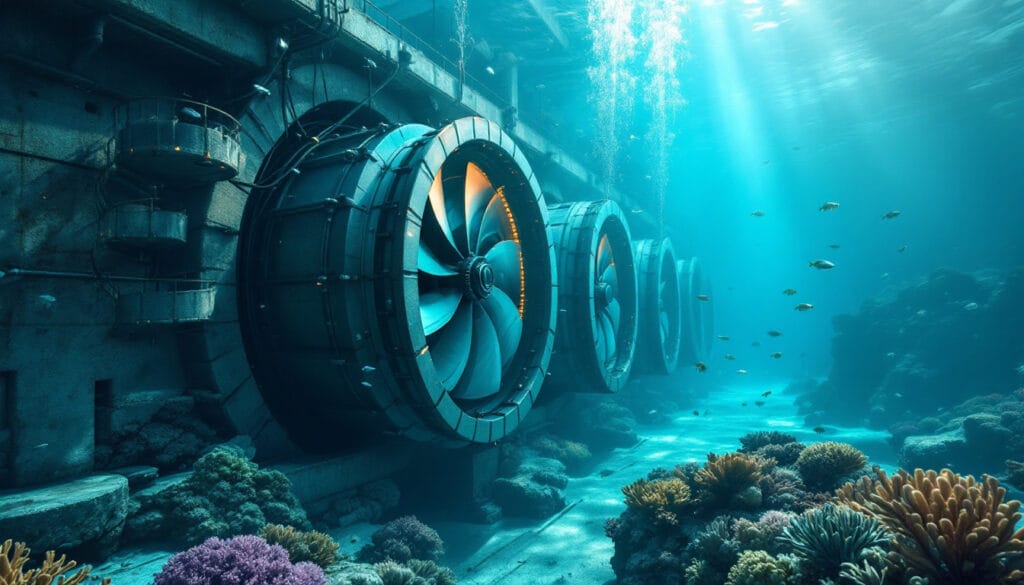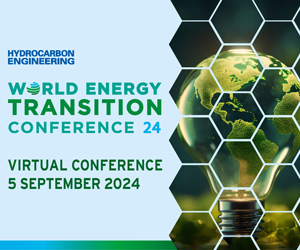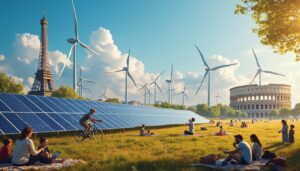Renewable Energy Glossary: What is it?
The term renewable energy refers to energy sources that regenerate naturally at a rate greater than their consumption, making them, on a human timescale, practically inexhaustible. Unlike fossil fuels, which deplete over time due to their nature, renewable energies harness continuous natural phenomena such as sunlight, wind, and water.
The five main sources of renewable energy include the sun, wind, water, biomass, and geothermal energy. These resources are abundantly present around us, making them particularly attractive for energy production. For example, wind is used to generate electricity through wind turbines, while sunlight is captured by solar panels to produce photovoltaic or thermal solar energy.
Solar energy is one of the most popular forms of renewable energy. It can be captured as heat or light. Photovoltaic panels convert sunlight directly into electricity, while solar thermal systems use the sun’s heat to warm water or indoor spaces. If you want to know more about innovations in solar energy, you can visit this detailed guide.
Wind energy uses the force of the wind to turn the blades of wind turbines, which in turn activate a generator to produce electricity. It is a clean and sustainable source of energy, although aesthetic concerns and impact on wildlife have sometimes limited its large-scale implementation.
Hydropower harnesses the movement of water, whether from hydroelectric dams, tidal energy, or river hydropower plants. This source of energy is one of the oldest and continues to play a key role in global electricity production.
Biomass is another renewable resource that involves using organic matter (such as wood, agricultural waste, or household garbage) to produce energy. This method can include direct combustion or conversion into biofuels for transportation.
Geothermal energy utilizes the Earth’s internal heat to produce energy. This can include direct heating systems for buildings or geothermal plants that convert underground heat into electricity.
Despite their many advantages, renewable energies also have certain limitations. For instance, reliance on environmental factors such as sunlight and wind can cause fluctuations in energy production. However, the increasing demand for sustainable and environmentally friendly solutions is driving research and development to overcome these challenges.

FAQ on Renewable Energy
Q: What is renewable energy?
A: Renewable energy comes from natural sources that can regenerate quickly, such as wind, sun, water, biomass, or heat from the earth. These resources are theoretically inexhaustible on a human timescale.
Q: What are the main renewable energy sources?
A: The main renewable energy sources include water (hydroelectricity), wind (wind energy), sun (solar energy), biomass, and earth (geothermal energy).
Q: Why are renewable energies important?
A: Renewable energies are crucial because they reduce dependence on fossil fuels, decrease greenhouse gas emissions, and help combat climate change while being sustainable and environmentally friendly.
Q: Are there limits to renewable energies?
A: Although renewable energies are inexhaustible, they have certain limits such as the need for suitable weather conditions (sun or wind) or challenges in energy storage to ensure a constant supply.
Q: What is the difference between renewable energy and fossil energy?
A: Renewable energies like the sun and wind are inexhaustible and renew quickly, while fossil energies (oil, coal, gas) are limited and deplete, also emitting more pollutants into the atmosphere.
Articles similaires
Thank you!
We will contact you soon.

